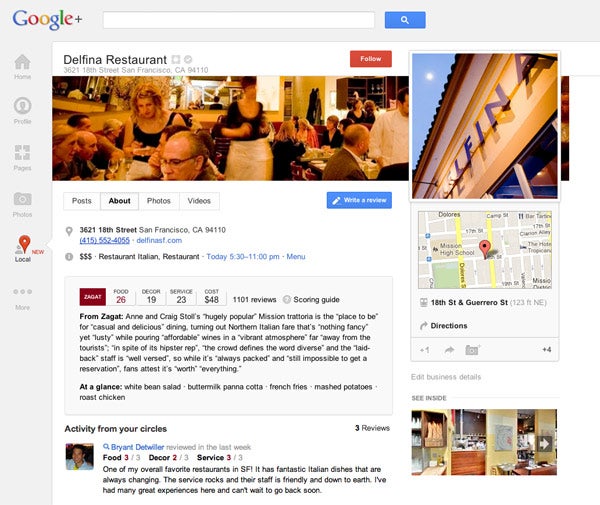Even after 100,000 years of natural selection, the human race has
evolved to the point where our organizations are nearly as effective as a
colony of ants with defective antennas. That's right, we still have a
long way to go. Sobering thought, I know.
And yet, for all the
Yahoos, HPs, RIMs, Sprints, Sonys, Kodaks, Nokias, Bank of Americas, and
all the executives that turned these once-great brands into laughing
stocks, there's still the occasional Apple or IBM to give us hope.
It
may be an imperfect world, but there are still managers who more or
less know what they're doing -- after they've had their morning coffee.
Here's my take on what high-performance managers do -- or are at least
supposed to do -- to motivate their teams and deliver results:
-
Help the company achieve its strategic and operating goals by making
smart business decisions and managing their team effectively.
- Entrust their employees with as much responsibility as their capabilities will allow and hold them accountable for the same.
-
Behave like a mature adult -- genuine and empathetic -- even when their
employees or their management are acting out like spoiled children.
-
Provide their employees with the tools, training, and support they need
to effectively achieve challenging but reasonably attainable goals.
- Promote a can-do, customer service attitude with customers and stakeholders by walking the talk and leading by example.
- Promote their team's accomplishments and take the heat for their failures.
- Provide genuine feedback, both good and bad, to their employees, peers, and management. Request the same from them.
- Work their tail off and be hands-on when necessary. If they don't, they can't expect anybody else to do it either.
- Don't compromise their ethical principles in the name of "the ends justify the means" or for any other reason.
-
Strike a balance between shielding their folks from the ripples of
dysfunctional management and openly communicating events that may affect
them.
Overall, the best managers create a work environment where
people feel challenged, do their best, and are held accountable for
meeting their commitments. But most importantly, they're key components
in an organization that exists to serve its customers and shareholders.
We're all happiest working for a successful company.
